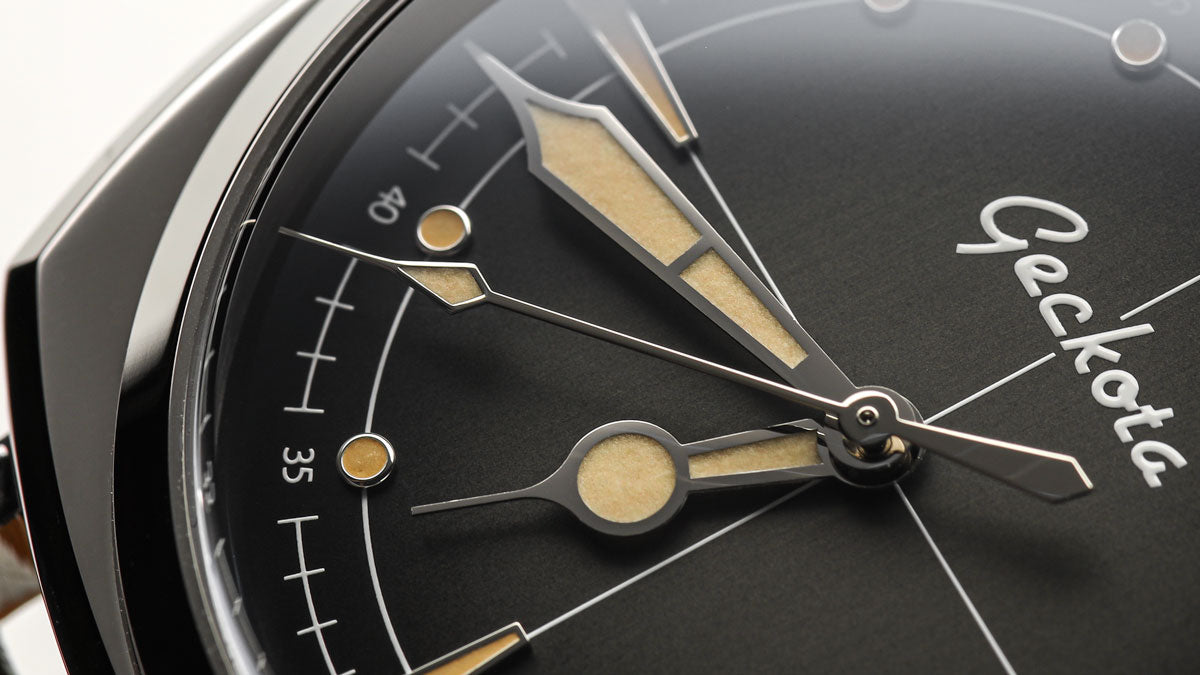SHIPPING WORLDWIDE WITH ALL IMPORT TAXES PRE-PAID
SHIPPING WORLDWIDE WITH ALL IMPORT TAXES PRE-PAID
SHIPPING WORLDWIDE WITH ALL IMPORT TAXES PRE-PAID


Categories
April 07, 2020 5 min read
 Zenith El Primero A384 Revival fitted to the Radstock Leather Strap - Image Credit: Geckota - Camera: Canon EOS 700D, Lens: Sigma Art Prime 50mm, ISO: 400, Aperture: f/3.5, Shutter Speed: 1/800 sec.
Zenith El Primero A384 Revival fitted to the Radstock Leather Strap - Image Credit: Geckota - Camera: Canon EOS 700D, Lens: Sigma Art Prime 50mm, ISO: 400, Aperture: f/3.5, Shutter Speed: 1/800 sec. Omega Speedmaster fitted to the Simple Handmade Short Leather Strap - Image Credit: Geckota - Camera: Canon EOS 700D, Lens: Sigma Art Prime 50mm, ISO: 200, Aperture: f/3.5, Shutter Speed: 1/100 sec.
Omega Speedmaster fitted to the Simple Handmade Short Leather Strap - Image Credit: Geckota - Camera: Canon EOS 700D, Lens: Sigma Art Prime 50mm, ISO: 200, Aperture: f/3.5, Shutter Speed: 1/100 sec. Geckota C-01 Gen 2 fitted to the Diamond Quilted Leather Strap - Image Credit: Geckota - Camera: Canon EOS 700D, Lens: Sigma 105mm, ISO: 100, Aperture: f/4, Shutter Speed: 1/25 sec.
Geckota C-01 Gen 2 fitted to the Diamond Quilted Leather Strap - Image Credit: Geckota - Camera: Canon EOS 700D, Lens: Sigma 105mm, ISO: 100, Aperture: f/4, Shutter Speed: 1/25 sec. Left Image with Noise and Right Image with Reduced Noise - Image Credit: Geckota
Left Image with Noise and Right Image with Reduced Noise - Image Credit: Geckota
 A Photography Studio Lighting Setup
A Photography Studio Lighting Setup Tudor Black Bay 58 fitted to the Padded Sailcloth Strap - Image Credit: Geckota - Camera: Canon EOS 700D, Lens: Sigma Art Prime 105mm, ISO: 100, Aperture: f/4, Shutter Speed: 1/20 sec.
Tudor Black Bay 58 fitted to the Padded Sailcloth Strap - Image Credit: Geckota - Camera: Canon EOS 700D, Lens: Sigma Art Prime 105mm, ISO: 100, Aperture: f/4, Shutter Speed: 1/20 sec.
February 08, 2024 2 min read
Read More
About the Author: Alice Anderson
About the Author: Alice Anderson
I'm the Photographer here at WatchGecko. My love of watch photography has become a bit of an obsession, where every day I can expand my creativity whilst working with some really interesting watches that keep my passion alive.
More Articles by Alice Anderson